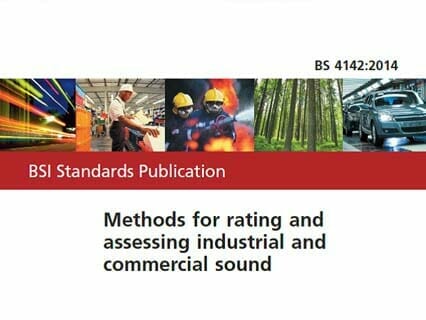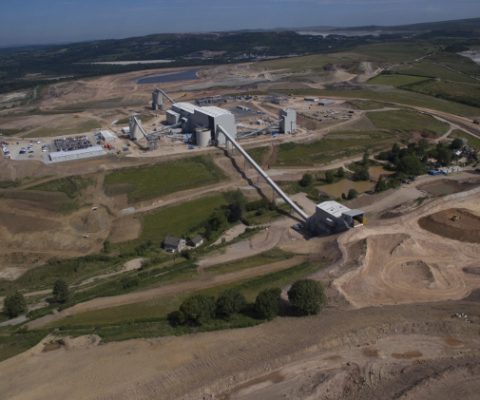BS4142 is a British Standard that describes the procedures and methods for measuring and assessing noise to determine if it will cause noise complaints at residential properties. BS4142 can be used to assess the potential impact of noise from commercial or industrial noise sources affecting residential properties. BS4142 assessments are commonly requested by Local Planning Authorities.
Most local planning departments will ask for a BS4142 noise survey to be carried out when any noise making activity, or equipment, is going to be introduced close to where people live. A BS4142 noise assessment can be required in order to install air conditioning units, ventilation equipment, water pumps and any other type of mechanical plant which may give rise to noise complaints.





